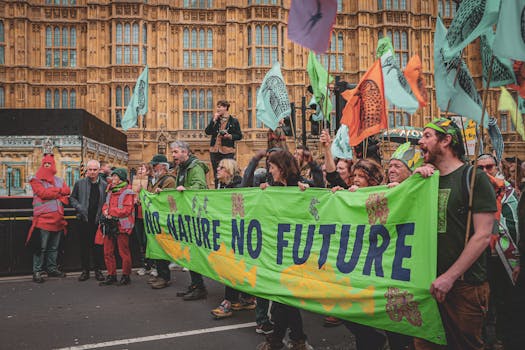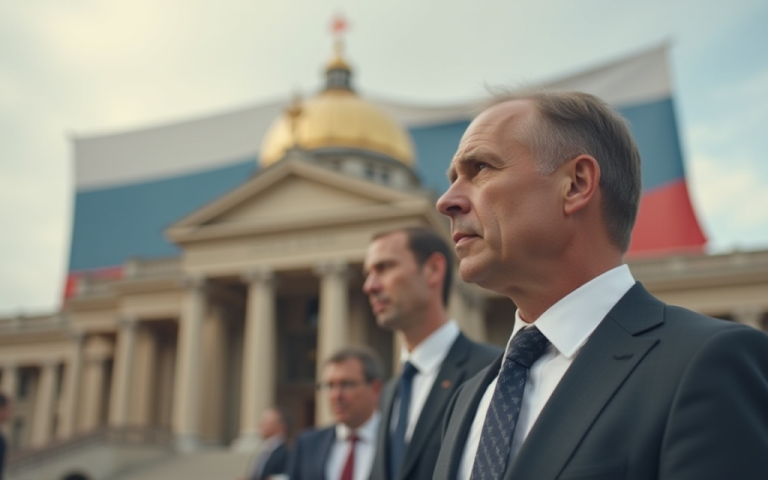
Urban Green Spaces: The Future of Outdoor Living in European Cities by 2025
Urban Green Spaces are being recognized as a vital component of European cities, providing numerous benefits for residents and the environment. As we approach 2025, it is essential to explore the future of outdoor living in European cities, highlighting the importance of green spaces and the innovative solutions being implemented to create sustainable and livable cities.
Introduction to Urban Green Spaces
Urban green spaces refer to areas of vegetation, such as parks, gardens, and green roofs, that are integrated into the urban environment. These spaces provide a range of benefits, including improved air quality, reduced noise pollution, and enhanced biodiversity. Urban green spaces also offer opportunities for recreation, socialization, and relaxation, contributing to the overall well-being of city residents.
Benefits of Urban Green Spaces
The benefits of urban green spaces are numerous and well-documented. Some of the most significant advantages include:
- Improved air quality: Urban green spaces can help to remove pollutants from the air, improving the overall air quality and contributing to a healthier environment.
- Reduced noise pollution: Green spaces can act as a buffer, reducing the impact of noise pollution and creating a more peaceful environment.
- Enhanced biodiversity: Urban green spaces provide habitat for a range of plant and animal species, contributing to the overall biodiversity of the city.
- Recreation and socialization: Green spaces offer opportunities for recreation, socialization, and relaxation, contributing to the overall well-being of city residents.
Innovative Solutions for Urban Green Spaces
As European cities continue to grow and develop, innovative solutions are being implemented to create sustainable and livable cities. Some of the most promising approaches include:
- Green roofs: Green roofs are becoming increasingly popular, providing insulation, reducing energy consumption, and creating habitat for wildlife.
- Vertical gardens: Vertical gardens are being used to transform urban walls and buildings, providing a range of benefits, including improved air quality and enhanced biodiversity.
- Urban agriculture: Urban agriculture is becoming more prevalent, providing opportunities for local food production and community engagement.
- Smart green spaces: Smart green spaces are being designed and implemented, incorporating technology and data analysis to optimize the performance and maintenance of green spaces.
Case Studies: Successful Urban Green Space Initiatives
Several European cities are leading the way in urban green space development, with innovative initiatives and projects that demonstrate the potential of green spaces to transform urban environments. Some notable examples include:
- Rotterdam’s Green Roofs: Rotterdam has implemented a comprehensive green roof initiative, with over 100 roofs covered in vegetation, providing insulation, reducing energy consumption, and creating habitat for wildlife.
- Copenhagen’s Harbour Bath: Copenhagen’s Harbour Bath is a prime example of urban green space design, providing a recreational space for residents and creating a unique and sustainable urban environment.
- Barcelona’s Superblock Program: Barcelona’s Superblock Program is a pioneering initiative that prioritizes pedestrian-friendly and green spaces, reducing traffic congestion and creating a more livable city.
Conclusion: The Future of Urban Green Spaces in European Cities
In conclusion, urban green spaces are a vital component of European cities, providing numerous benefits for residents and the environment. As we approach 2025, it is essential to continue innovating and investing in green spaces, incorporating new technologies and approaches to create sustainable and livable cities. By prioritizing urban green spaces, European cities can become healthier, more resilient, and more enjoyable places to live, work, and visit.





